You know what's funny? Apple iOS 18 made sure to talk to highlight topographic maps and hiking trails—features that'll thrill outdoor enthusiasts but won't change how most of us navigate daily life. Meanwhile, they barely mentioned a simple save button that unlocks one of the most practical improvements to Apple Maps in years.
This hidden notes feature exemplifies Apple's strategy of embedding powerful functionality beneath surface-level improvements. While competitors focus on flashy announcements, Apple's most transformative changes often hide in plain sight—and iOS 18's Maps updates prove this approach delivers more practical value than headline-grabbing features.
Here's what you need to know about iOS 18's Apple Maps updates:
Hidden notes feature transforms saved places into personal memory aids with private context
"Search Here" button finally lets you search specific map areas instead of getting irrelevant distant results
Enhanced multi-stop routing supports up to 14 intermediate stops with improved CarPlay integration
Places Library overhaul makes organizing and revisiting favorite spots genuinely useful
Let me break down why these understated improvements matter more than the flashy stuff Apple actually promoted.
What makes the new save feature so powerful?
The real magic happens when you tap that little '+' button in the corner of a place listing. This seemingly simple addition transforms how you interact with Apple Maps by creating a bridge between discovery and memory.
But here's the kicker: saving a place unlocks a hidden notes section that appears right below the standard place information. Once you save a location, you'll see a new "Add a Note" section with the reassuring message "Only you'll see what you write here."
The notes feature transforms static bookmarks into dynamic memory aids. Beyond basic functionality, this represents Apple's philosophy of personal data ownership—instead of mining your location patterns for advertising revenue, Apple gives you tools to create private, meaningful context about your world.
I've been testing this for weeks, and it's genuinely changed how I use Maps. Instead of trying to remember which entrance works best at that sprawling office complex, I just check my note. Same for remembering that the Thai place on Market Street has amazing gluten-free options, or marking where I found free parking near the concert venue.
The notes feature works with dropped pins too, extending its utility beyond established businesses. You can leave yourself breadcrumbs about everything from hidden hiking trail entrances to the best spot to meet friends at a crowded festival—creating a personalized geography that grows more valuable over time.
How does "Search Here" change everything?
iOS 18 finally solved one of Apple Maps' most frustrating limitations with the new "Search Here" button. This addresses a core navigation problem that's plagued mobile mapping since the beginning: search results that assume you want information about your current location rather than where you're actually looking.
Before this update, searching for "coffee shops" while planning a Seattle trip might return results from your hometown instead of the downtown area you're actually exploring. The Search Here function ensures results are confined to your selected area, making location-specific searches finally work as intended.
This location-specific search capability unleashes more sophisticated planning strategies. Event organizers can now survey multiple neighborhoods systematically, while travelers can explore cities district-by-district to discover authentic local experiences that broad searches typically miss. The feature proves particularly valuable for urban exploration, where the difference between searching "downtown" versus "the waterfront district" can mean discovering entirely different categories of businesses and attractions.
It's one of those improvements that seems obvious in retrospect—but transforms how naturally you can explore unfamiliar areas without fighting the interface.
Why multi-stop routing finally works
Apple Maps' multi-stop routing has been around since iOS 16, but iOS 18 makes it genuinely useful for complex real-world scenarios. You can add up to 15 stops to a single route, which beats Google Maps' 10-stop limit and opens up more sophisticated trip planning possibilities.
The 15-stop limit enables more complex journey management than simple errands. This capacity supports scenarios like photographers documenting multiple locations, real estate agents conducting property tours, or families orchestrating elaborate holiday visits—use cases that reveal how Apple Maps is evolving beyond basic navigation toward comprehensive trip coordination.
What's particularly clever is how the feature integrates across Apple's ecosystem. You can plan multi-stop routes on your Mac and send them to your iPhone when you're ready to hit the road. The feature is fully integrated with CarPlay, and you can ask Siri to add additional stops while driving—perfect for those "oh, we should grab groceries while we're out" moments.
There's even a clever workaround for saving multi-stop routes: using the "Add Link" button in Quick Note preserves the entire route structure, addressing a limitation that's frustrated users since the feature launched.
The bigger picture for navigation apps
These incremental improvements reflect Apple's broader strategy of perfecting interaction between existing systems rather than adding flashy features. Apple Maps is now estimated to have 82 to 110 million unique monthly users, and this growth stems from the kind of thoughtful integration that makes daily navigation smoother.
This user growth reflects Apple's strategic focus on creating compound benefits where Maps, Siri, CarPlay, and Lock Screen work together seamlessly. While competitors add capabilities, Apple perfects the ecosystem experience—like how the app automatically wakes up for turn-by-turn directions when your phone screen shuts off, or how it clearly labels traffic lights, stop signs, and steep hills along your route.
Apple completed a major overhaul of US mapping data in 2020, adding significantly more detail and introducing features like Look Around. The company has been expanding the redesigned map to 11 more countries, including France, Switzerland, and New Zealand, bringing enhanced features to a global audience while maintaining the integration advantages that differentiate it from purely web-based alternatives.
Where Apple Maps goes from here
The hidden notes feature signals Apple's long-term vision: transforming navigation from a transactional service into a personal geography system. This approach creates value based on personal investment rather than algorithmic optimization, suggesting Apple views Maps not as a Google competitor but as a foundational platform for location-aware experiences across their ecosystem.
Combined with the new Places Library, enhanced search capabilities, and robust multi-stop routing, Apple Maps is positioning itself as more than just a navigation tool—it's becoming a platform for building relationships with the places in your life. The notes feature exemplifies this philosophy by giving you tools to create private, meaningful context about your world instead of harvesting that context for advertising revenue.
This strategy creates switching costs based on personal investment rather than vendor lock-in. The more notes you add, the more routes you save, the more valuable your personal geography becomes—and the less likely you are to abandon that accumulated knowledge for a competing service.
Sure, Apple Maps still doesn't optimize multi-stop routes the way some specialized apps do, and there are still coverage gaps compared to Google's vast data collection. But for most people's everyday navigation needs, Apple Maps has quietly become the more thoughtful, privacy-respecting choice—one that gets better as you use it rather than simply collecting data about how you use it.
The question isn't whether Apple Maps can compete with Google Maps anymore—it's whether you've noticed how much more personal and useful it's become while you weren't looking.





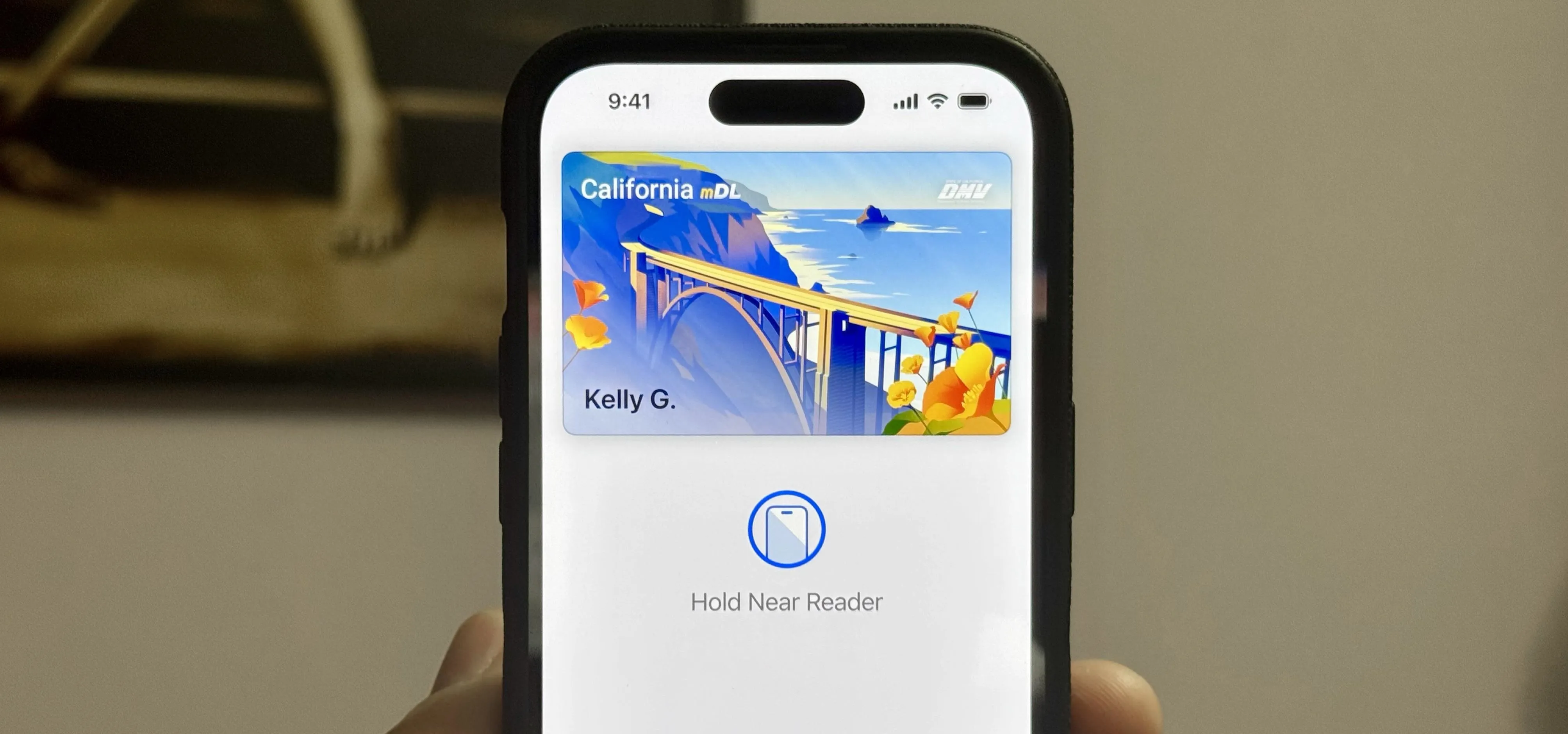



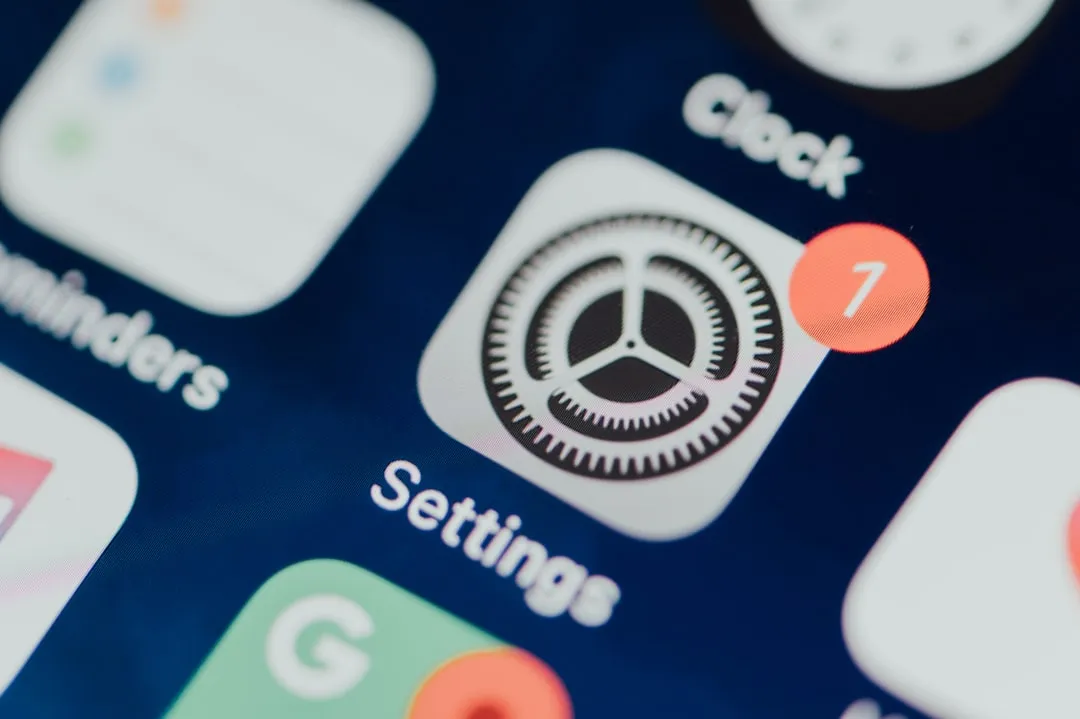



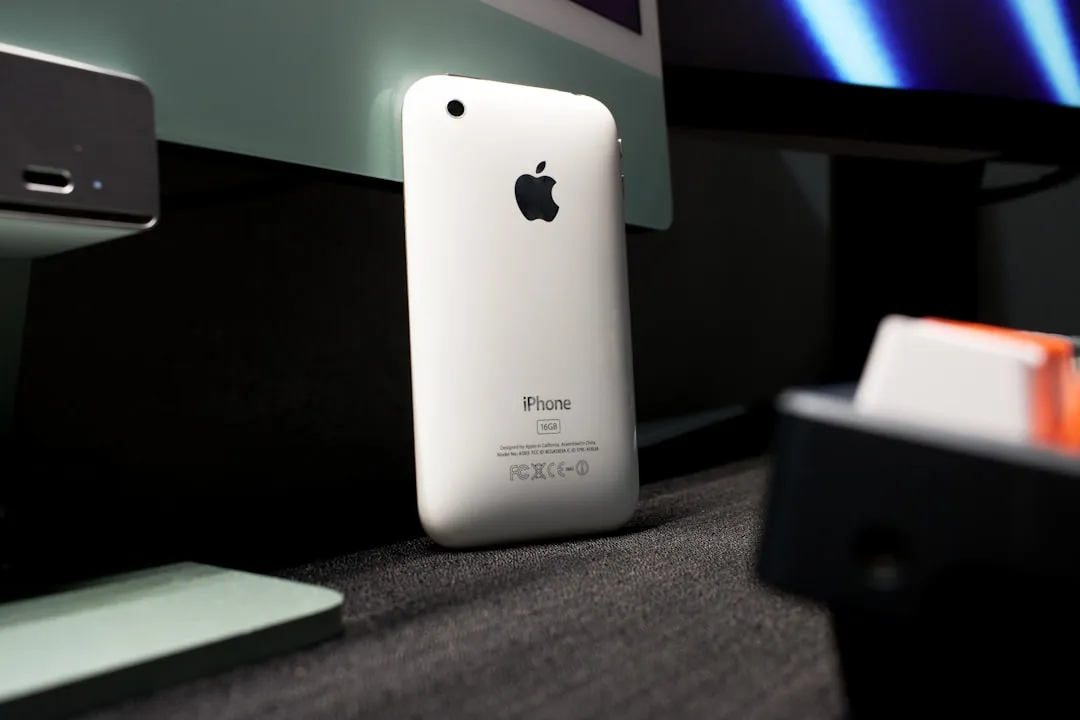
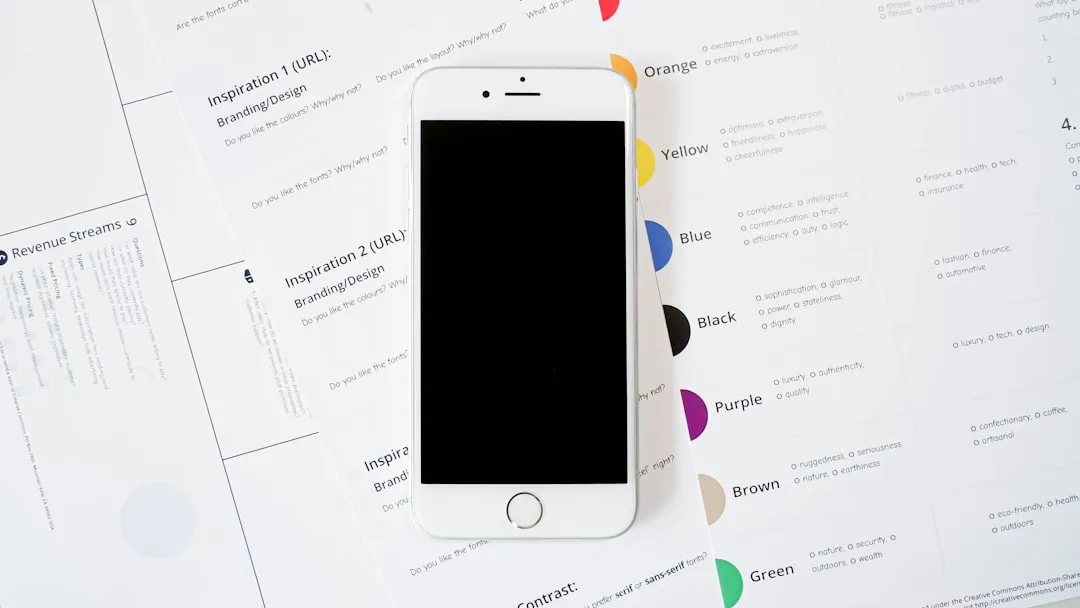

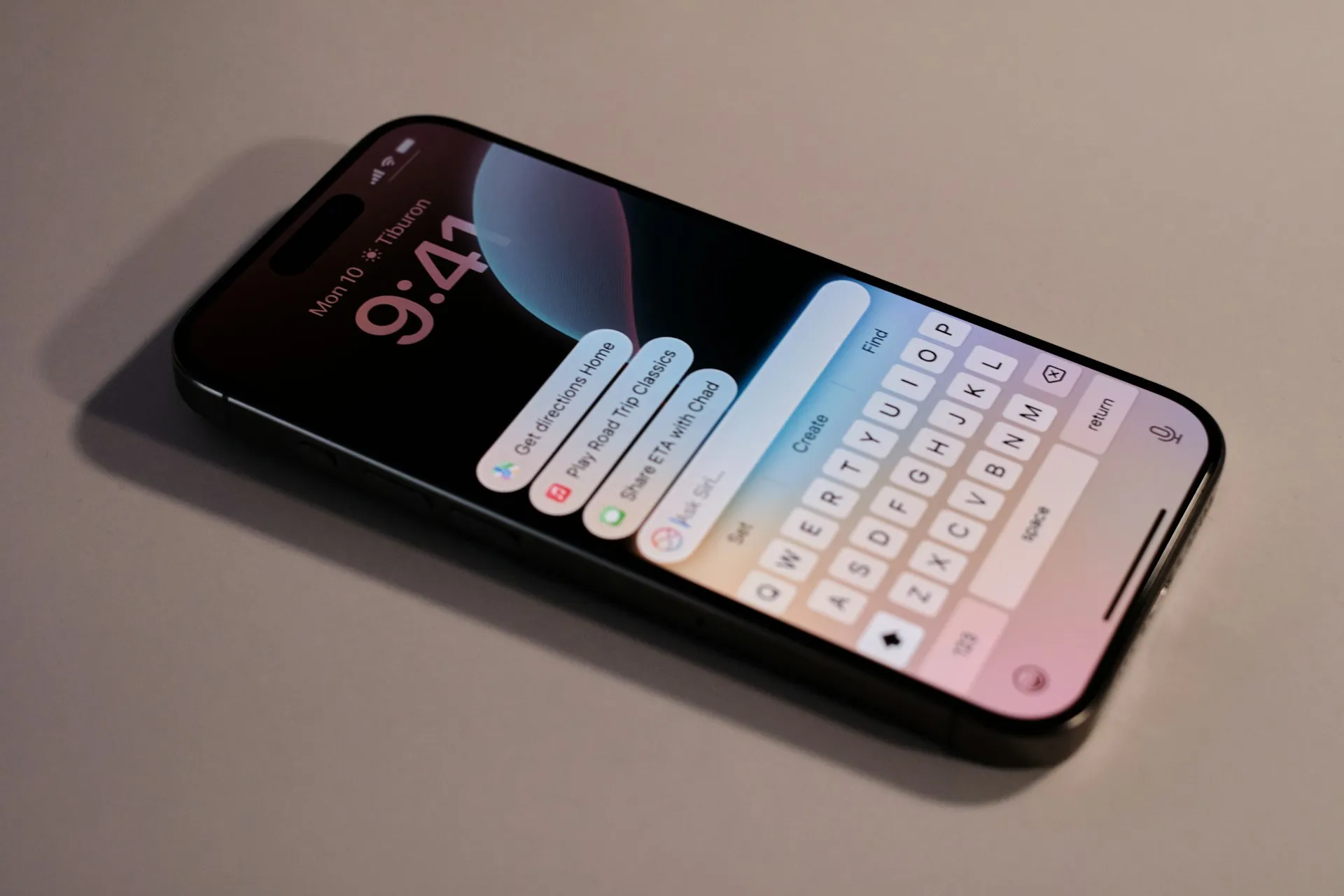


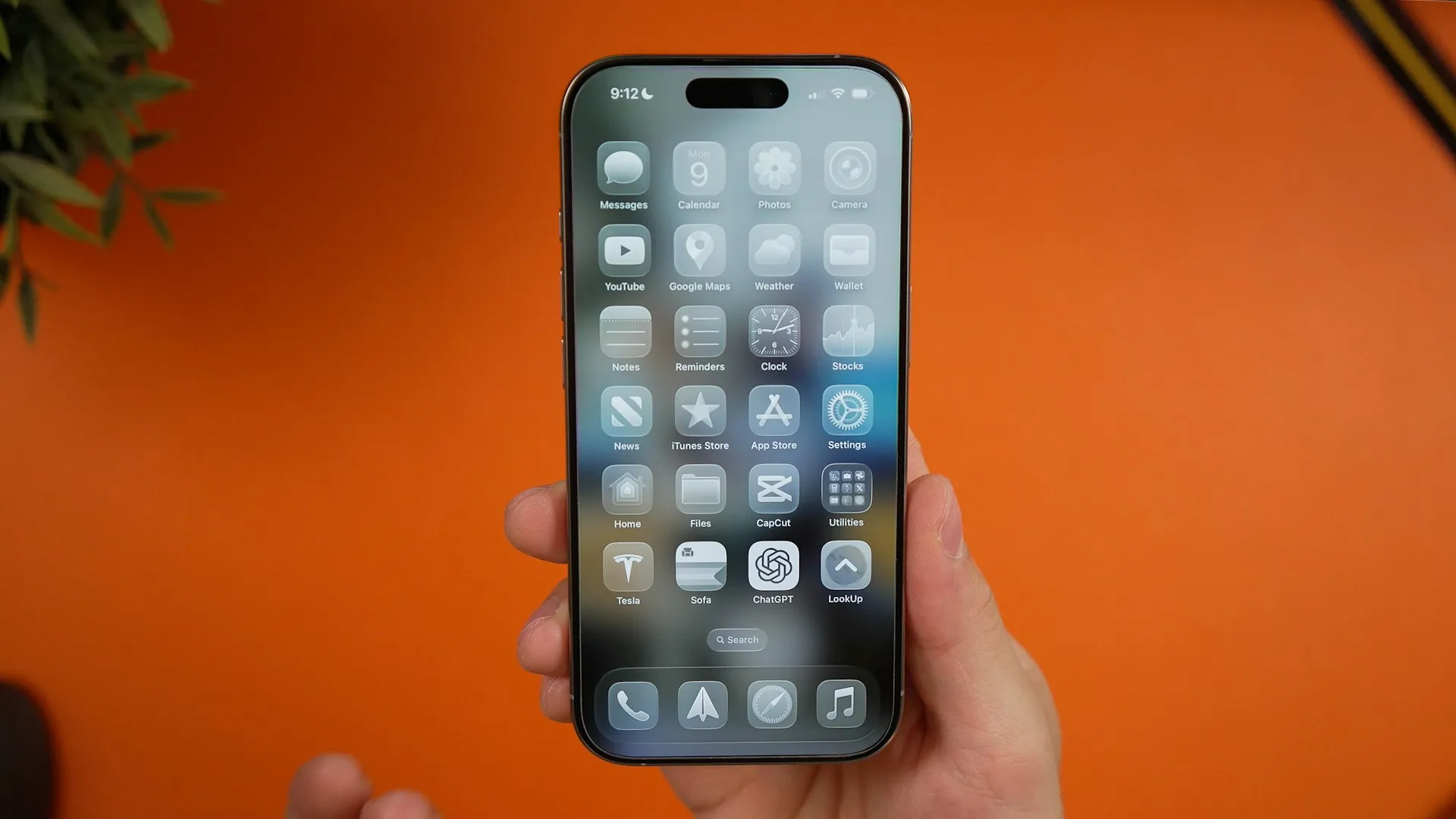


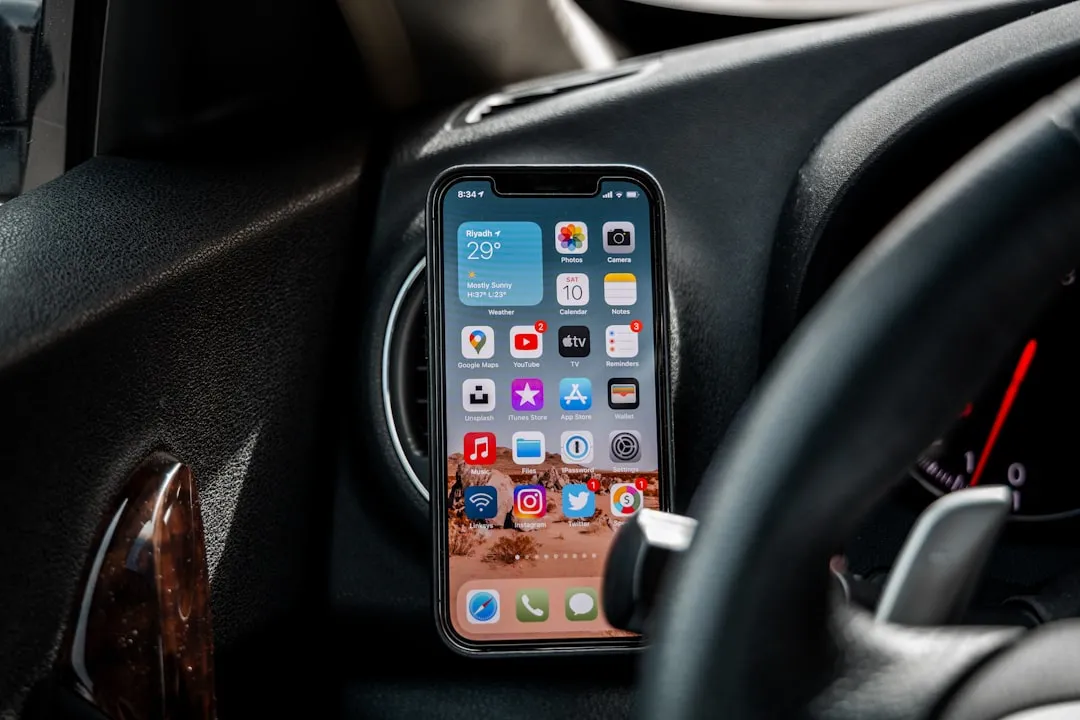

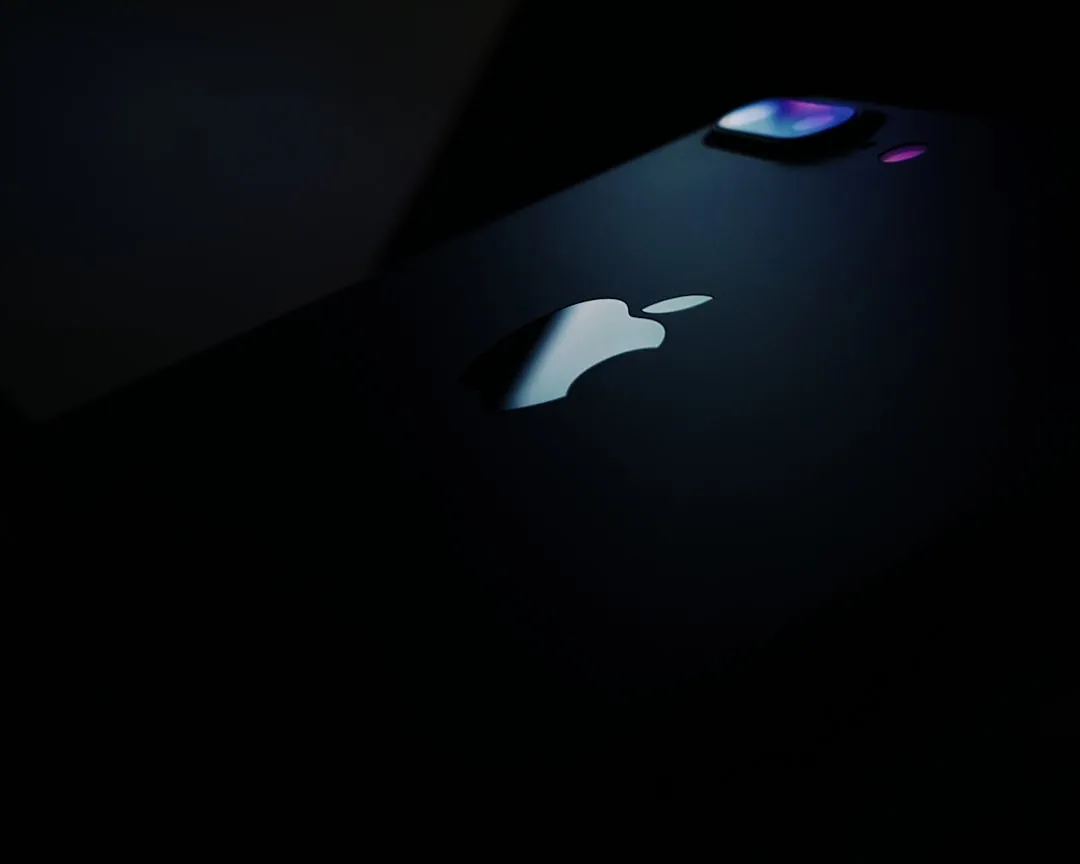
Comments
Be the first, drop a comment!